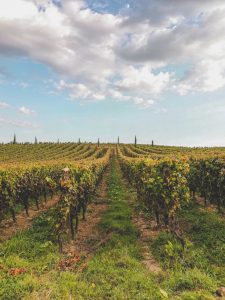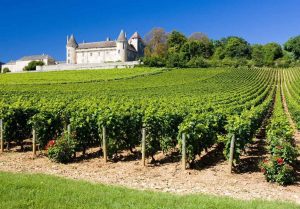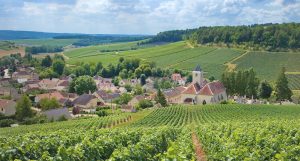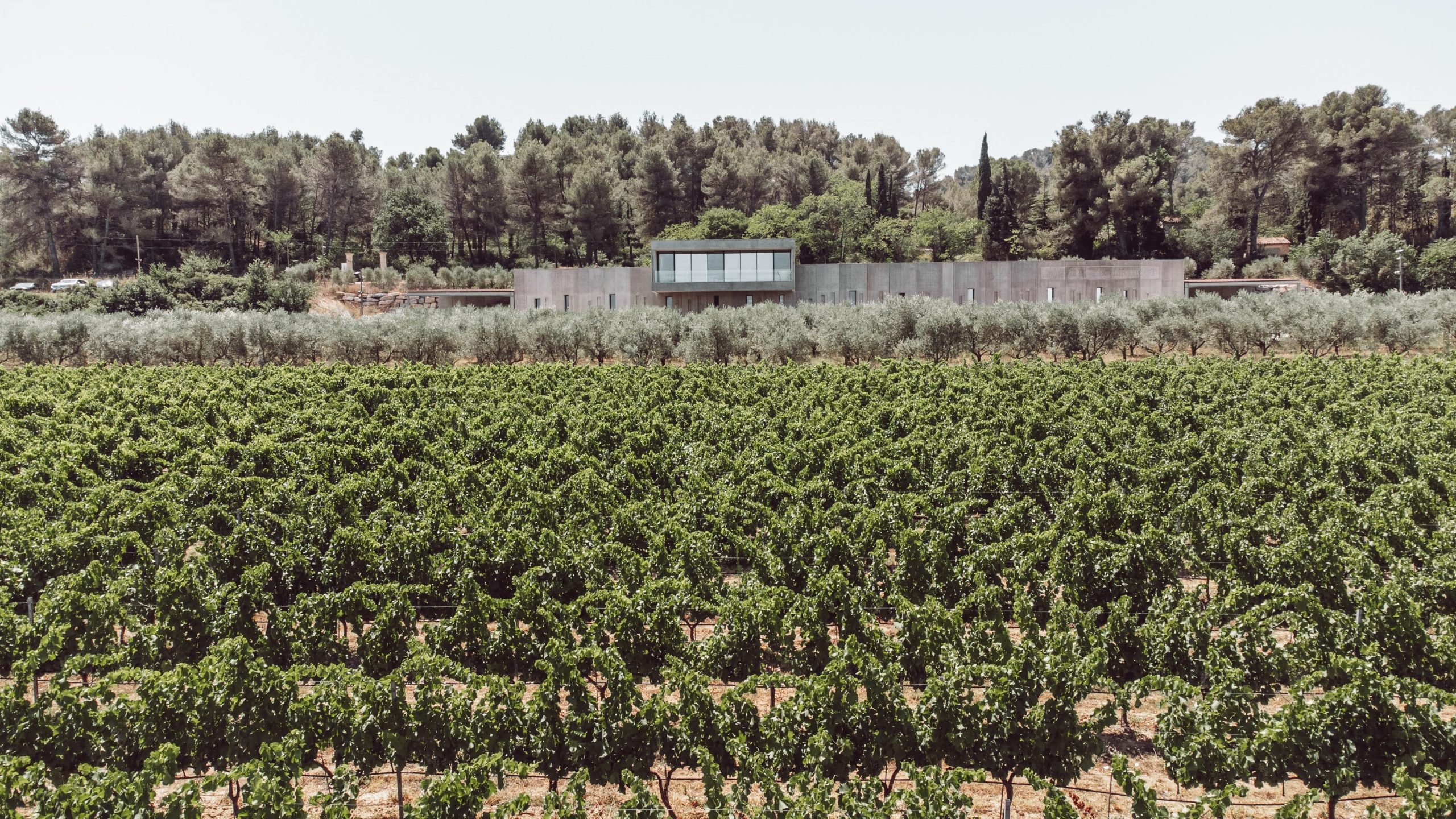France, home to Bordeaux, Burgundy, and Champagne, is arguably the most important wine-producing country in the world. For centuries, it has produced more wine – allegedly of higher quality – than any other country.
The enduring appeal of French wine is not so much its volume or prestige as it is the variety of styles available. French vineyards have produced wines to match each of these descriptors: red, white, rosé, sweet, dry, sparkling, opulent, austere, mineral-scented, and fruity.
Appellations
The appellation system of France was developed in the early twentieth century and has since been copied by many other countries. This complex legal system eventually defines each wine region’s boundaries and imposes strict rules on winemaking practices.
Its primary goals are to protect the names of French wines while also ensuring the quality and provenance of the products themselves. No other country has developed its appellation system to such an extent; as of 2012, there were over 450 AOC-controlled appellations and another 150 Vin de Pays/IGP titles.
Popular Wine Regions and Grape Varieties in France.
The variety of French wines is due in part to the country’s diverse climates.
Bordeaux

Bordeaux, located in southwest France, desires a very little introduction as the most famous worldwide for the noble, prestigious, and productive wine regions.
Bordeaux has it all, from the structured and classic Cabernet Sauvignon – dominant Médoc wines to the plush, Merlot-based superstars of Pomerol and Saint-Emilion, as well as the sumptuous reds and whites of the Graves, the nectar of Sauternes, and the affordability of the Côtes and Emtre-deux-Mers.
The wines from the great châteaux of the Haut-Médoc and the Right Bank appellations Saint-Émilion and Pomerol are the best (and most expensive). The former pair focuses (at the highest level) on Cabernet Sauvignon, while the latter pair focuses on Merlot.
High-quality white wines based on Sémillon and Sauvignon Blanc complement Bordeaux’s fame besides the legendary reds. These range from dry whites that compete with the best from Burgundy (Pessac-Léognan is particularly well-known) to the sweet, botrytized nectars of Sauternes.
The main grape varieties include red Bordeaux and white Bordeaux following
Bordeaux red grapes: Merlot, Cabernet Sauvignon, Cabernet Franc, Petit Verdot, Malbec and Carmenèr.
Bordeaux white grapes: Sémillon, Sauvignon Blanc, Muscadelle
Burgundy

Burgundy ( “Bourgogne” in French) is a historic and well-known wine region in eastern France. Burgundy wines have long had devoted fans all over the world, and they still do. Burgundy produces some of the most exclusive wines on the planet, with the wines hailing from several distinct subregions, each with its own distinct personality.
If Bordeaux is the land of the single manor, Burgundy is represented as the land of the single vineyard – a tapestry of towns and villages, each with its own grand crus, premiers crus, and village vineyards. This land embodies “terroir.”
The Côte d’Or – this is Burgundy’s heartland, and what most people think of when they talk about the region. The Côte d’Or is divided with the Côte de Nuits in the north and the Côte de Beaune in the south. While Côte de Nuits is primarily Pinot Noir country (although there are some outstanding Chardonnay vineyards here as well), The Côte de Beaune covers both Pinot Noir and Chardonnay with a host of internationally recognized appellations.
The two most important grape varieties of Burgundy are Pinot Noir and Chardonnay.
Champagne

The Champagne region is located at a northern latitude of 49°N, at the northern edge of the world’s vineyard-growing areas, and has lower average temperatures than any other French wine region.
The region where produce the sparkling wines are famous around the world, as well as the appellation (Champagne) under which it is sold and the French wine region from which it is produced.
The term was widely applied to sparkling wines from around the world. Champagne is a legally controlled and restricted name, which has caused much debate and legal wrangling in recent decades.
The primary grape varieties used to make Champagne are Pinot Noir, Pinot Meunier, and Chardonnay – a recipe used for sparkling wines all over the world.
Champagne can take a variety of forms depending on how it is made. The color, sweetness, base grape varieties, and whether they are the result of a single vintage or several differences between the major Champagne styles (Non-Vintage).
Champagne styles include Blanc de Noirs (made from black-skinned grapes), Blanc de Blancs (made from green-skinned grapes), or just plain Blanc (made from any combination of the permitted varieties), also Pink Champagne Rosé by adding red wine to a white blend or sometimes by fermenting the juice in contact with the skins. Grand Cru and Premier Cru Champagnes are produced from the region’s finest and highest-rated vineyards.
Rhône Valley

The Rhône Valley is a major wine-producing region in southeast France. It follows the Rhône River’s north-south course for nearly 240 km (150 miles) from Lyon to the Rhône Delta (the “Bouches-du-Rhône”) on the Mediterranean coast.
Because of the valley’s length, Rhône wines come from a diverse range of soil types and climates. The area is divided into northern and southern climes, while the purity Syrah is associated with the cooler northern of Côte Rôtie and Hermitage, in more southerly latitudes Syrah is a blending component (often with Grenache and Mourvèdre) in Châteauneuf-du-Pape and the Côtes du Rhône in warmer climates.
More to the North, it’s all about quality-driven that’s why Syrah gets most of the attention from the farmers for red wines, and Viognier, Marsanne, and Roussanne for white wines. While the South is the larger and more prolific with a much larger variety of lists such as Grenache and Mourvèdre are the key grape varieties of the land.
Prestige is also a key differentiator between the Rhone’s northern and southern regions. The north boasts old and well-known names like Hermitage and Côte Rôtie, but it accounts for only 5% of the valley’s total wine production. The remaining 95% are produced in the south under less prestigious and regionally specific names.



